While we await the live version of Snow White that’s set to be released in 2024, it seems timely to look back at the film that really kickstarted Walt Disney’s career.
Statistics and records
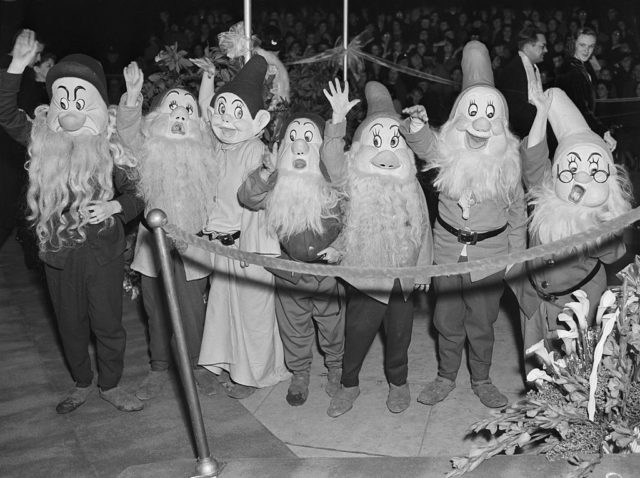
Released on February 4, 1938, Snow White and the Seven Dwarfs was the first feature-length film from Walt Disney studios, as well as one of the first full-length animated feature films to be made in the United States. It doesn’t hold the record for oldest animated film — that honor goes to the German film The Adventures of Prince Achmed (1926). However, Snow White was the first animated feature film to be selected for the National Film Registry.
It was also the first film to release a soundtrack and sell merchandise at the time of the premiere. There were actually 25 songs written for the movie, with only eight being used in the end. However, the song “Music In Your Soup“ had been partially animated and was included in the Golden Anniversary special.
The Queen was more popular than Snow White
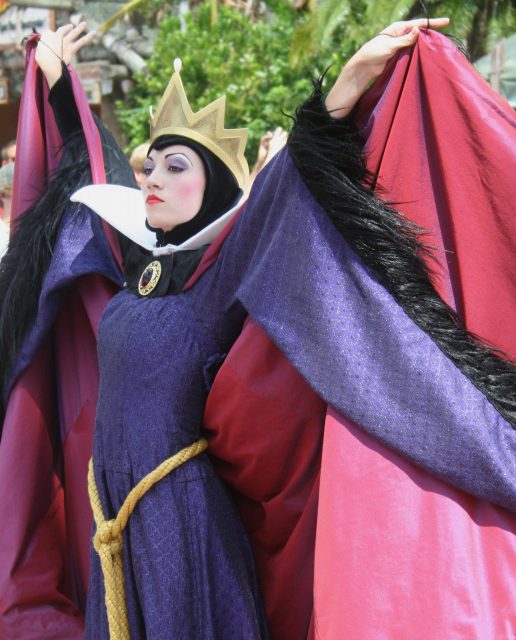
While Snow White might have captured the hearts of many, the animators actually preferred working on the Queen.
They didn’t rotoscope her like they did for Snow White (Marge Champion was the movement model for the heroine), but used their imaginations instead. Inspiring her look were beauties of the era including Marlene Dietrich and Greta Garbo.
The artists particularly enjoyed working on her “lovely cruel mouth and her eyes” and felt that she was more real, complex, and driven than Snow White.
Censorship and cut scenes
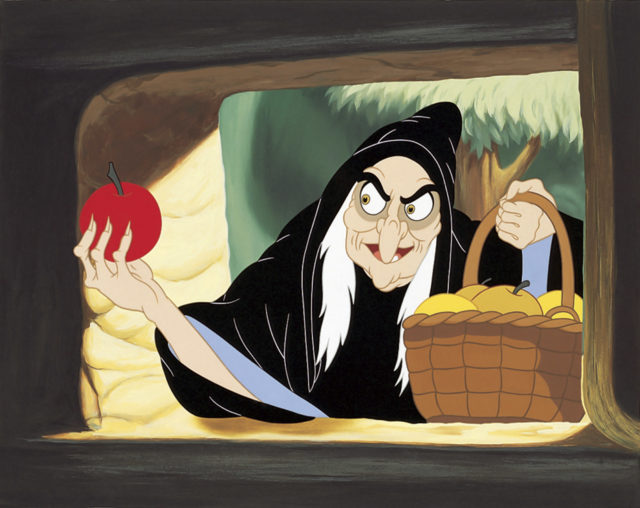
In an effort to get a low censorship rating that would allow children to see this film, various scenes were cut. In the original fairy tale, the Queen tempts Snow White with other feminine items before resorting to an apple. The original script for Snow White had the Queen attempting to kill the heroine with a suffocating bodice and a poisoned comb, but these were cut.
Other discarded scenes included an opening scene where the audience witnesses the death of Snow White’s mother, and a subplot that has the Queen falling in love with the Prince and imprisoning him in her dungeon.
Even with those cuts, the film was still viewed as very scary. The premiere was held at New York’s Radio City Music Hall, and after the film’s initial run was over, the seat upholstery had to be replaced because some children at every screening would wet themselves with fear at the forest part.
Snow White had to be seen as innocent
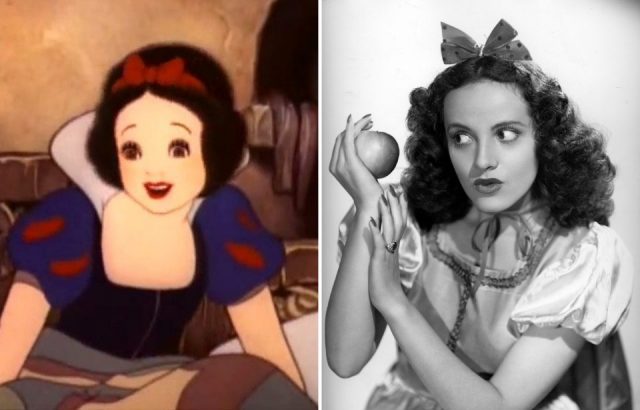
While Walt clearly had no problem with scaring kids, he was adamant that his heroine be innocent. Grim Natwick animated Snow White based on his previous experience animating Betty Boop. Originally, the princess had pouting lips, long eyelashes, and a more revealing outfit, but Walt insisted that be changed.
In the original fairy tale, Snow White also dispatches the Queen herself, but in the movie, the Queen is killed by a bolt of lightning so that Snow White can retain her image as a good, innocent girl.
Fourteen-year-old Deanna Durbin auditioned for the voice of Snow White but was turned down as being “too mature.” Eventually, the heroine’s voice was provided by Adriana Caselotti, who went on to become an opera singer.
Snow White is allegedly 14 years old, but Walt instructed animators to make her look old enough to get married. Ironically, Snow White is the oldest in the Disney princess franchise, since Cinderella and Aurora did not appear until the 1950s.
The teeth come out
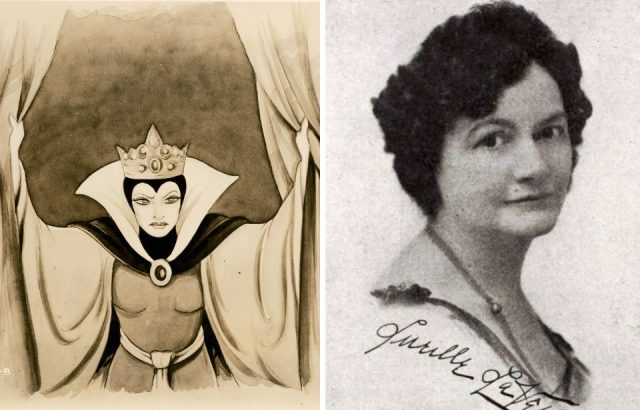
Lucille La Verne, who voiced the evil queen, really impressed the filmmakers. When asked to provide an older, raspier voice for when the Queen turns into a hag, she excused herself for a moment then returned to give a perfect rendition.
Amazed, the animators asked her how she did it, and she told them, “Oh, I just took my teeth out.”
The Prince was supposed to have a bigger part
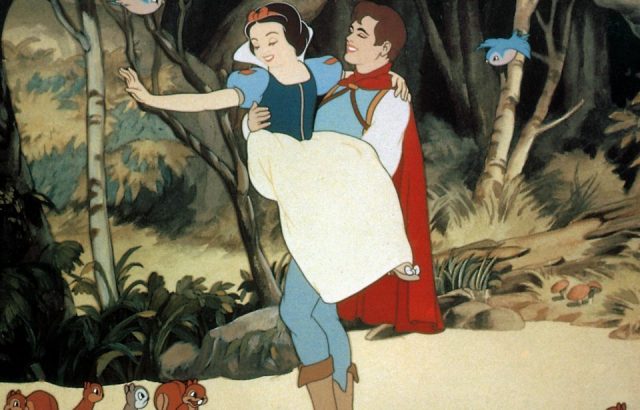
Because Snow White was a groundbreaking endeavor, the artists faced many challenges. In fact, in a January 1938 interview, Walt Disney said that he and his teams had learned so much from making Snow White that “I wish I could yank it back and do it all over again.”
One victim of this learning curve was the Prince. The animators struggled to animate him properly, and as a result, many scenes with him were cut. In the last scene, where he sweeps Snow White into his arms, the cells weren’t lined up properly, resulting in the prince “shaking” on screen. Although this problem was noticed at the time, there was no money to fix it, so the flaw remained part of the film until the 1993 digital restoration.
Dwarves versus dwarfs
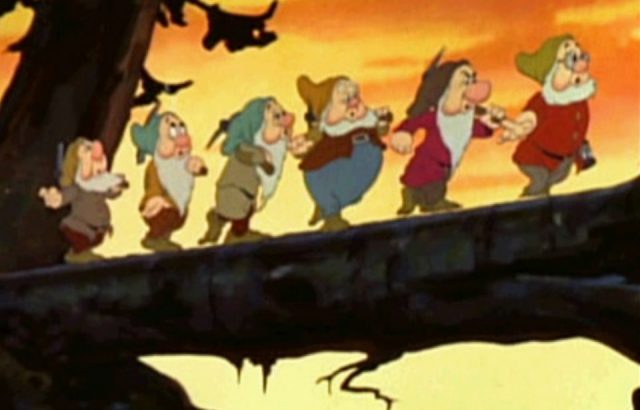
Those attentive to grammar will notice that it’s Snow White and the Seven Dwarfs. This is because, at the time, “dwarfs” was generally considered to be the plural of “dwarf.” It was only after Tolkien’s The Hobbit and The Lord of the Rings were published that “dwarves” became the more common plural.
As for the little men themselves, their seven monikers have become household names. But in the original proposal, there were more than 50 suggestions. The list included names such as Jaunty, Nifty, Jumpy, Gabby, Hoppy-Jumpy, Shifty, and Hotsy. One suggestion was for a dwarf called Awful, with the notes stating: “He steals and drinks and is very dirty.”
Snow White was ‘Walt Disney’s Folly’
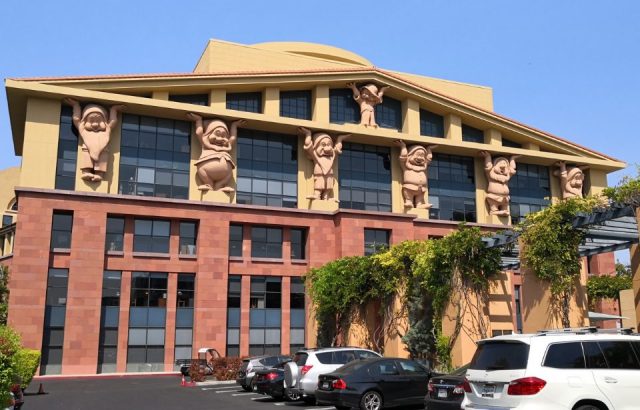
No one in Hollywood thought this film would succeed, and so it became referred to as “Walt Disney’s Folly.” Allegedly, even his wife had no faith in it.
Walt ended up remortgaging his house to try and find the $1.4 million needed to make the film (an astounding amount in 1937). The film’s original budget had been $250,000, which was 10 times more than any of Disney’s previous productions (mainly Silly Symphonies).
However, all that investment paid off because the film was such a success that Walt used the profit to purchase 51 acres of land on which to build new studios.
Awards and famous fans
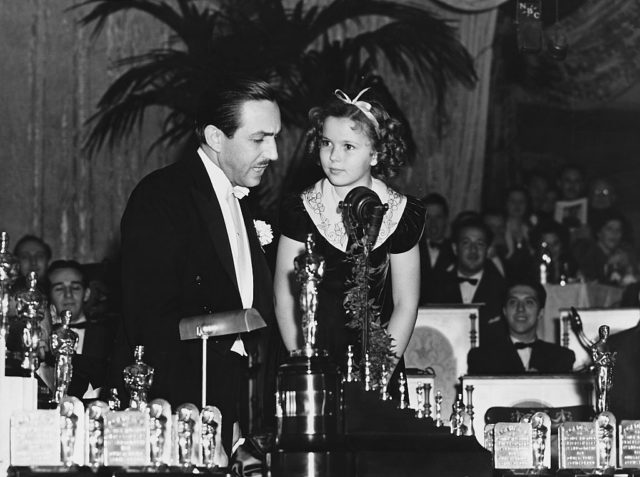
At the 1939 Academy Awards, Walt Disney was given an Academy Honorary Award for “significant screen innovation.” Shirley Temple presented him with a full-size Oscar accompanied by seven smaller ones.
Charlie Chaplin attended the New York premiere and told LA Times the next day that Dopey was “one of the greatest comedians of all time.” In earlier versions, Dopey was supposed to have a voice and be overly chatty, but when the filmmakers were unable to find the right voice actor for him, they reworked him as a silent character.
Sergei M. Eisenstein, director of Battleship Potemkin (1925), called Snow White “the greatest film ever made.” Another self-professed fan was Adolf Hitler. Given that he was a decent artist, there are even suggestions that he did little sketches of the dwarfs to amuse himself.
A planned remake was, at one point, supposed to be a martial arts film
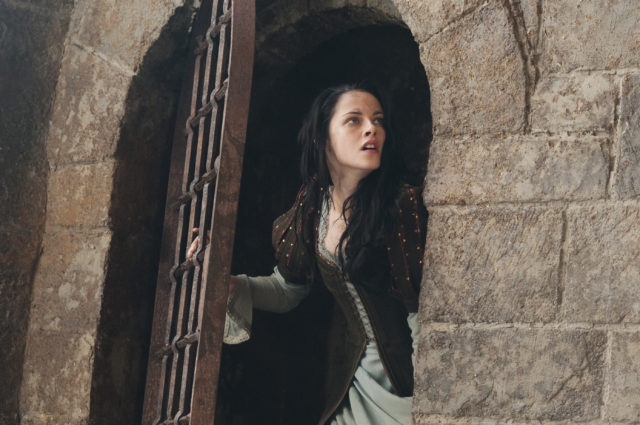
Although a new, live-action version of Snow White has been announced, an idea for a different type of remake had been bouncing around for some time.
Initially titled Order of the Seven, the remake was going to be about a 19th-century English woman who flees Hong Kong, pursued by an evil empress. She’s taken in by seven men belonging to an order that fights demons and dragons.
More from us: How Doris Day Defied the Odds to Become a Hollywood Star
Although Natalie Portman had been earmarked as the heroine for some time, later rumors suggested that Saoirse Ronan (Hanna) would be cast instead. She would be joined by an all-star cast of martial arts legends. The project was in production for over a decade, but it was finally shelved in 2012.
